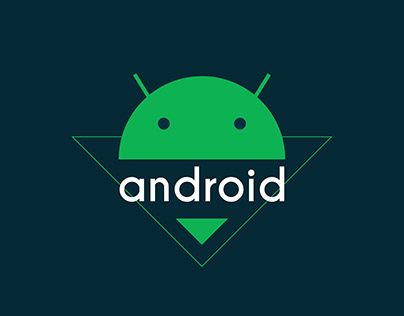When it comes to mobile app development, the two dominant platforms are Android and iOS. While both aim to deliver smooth and engaging mobile experiences, the development process for each comes with its own tools, challenges, and advantages. Whether you’re a beginner choosing your first platform or a business deciding where to invest, understanding the differences can help you make the right call.
1. Programming Languages
-
Android: Primarily uses Java and Kotlin. Kotlin, in particular, has become the preferred language due to its concise syntax and modern features.
-
iOS: Relies on Swift and, in older projects, Objective-C. Swift is fast, intuitive, and designed specifically for Apple platforms.
Key takeaway: Android offers more cross-platform compatibility via Java, while iOS focuses on Swift for tighter integration and performance.
2. Development Environment
-
Android: Uses Android Studio, a powerful IDE with extensive debugging, emulation, and customization capabilities.
-
iOS: Uses Xcode, Apple’s official IDE, known for its smooth integration with macOS and iOS simulators.
Key takeaway: Android Studio is more flexible and works on multiple operating systems, while Xcode is limited to macOS.
3. Market Reach
-
Android: Dominates the global market share, especially in Asia, Africa, and Latin America. It’s the go-to choice for reaching a broad and diverse audience.
-
iOS: Has a strong presence in North America, Europe, and high-income markets, often attracting users who spend more on apps.
Key takeaway: Android is better for mass reach; iOS often offers higher revenue potential per user.
4. Design Guidelines
-
Android: Follows Google’s Material Design principles, emphasizing bold colors, flat elements, and intuitive navigation.
-
iOS: Uses Human Interface Guidelines, focusing on minimalism, clarity, and depth effects.
Key takeaway: Android design tends to be more customizable, while iOS design leans toward consistent elegance.
5. App Store Policies
-
Android: Google Play Store has a faster review process, often just hours. However, quality control can be less strict.
-
iOS: Apple App Store has a stricter, more time-consuming review process, which can take days but often results in higher app quality.
Key takeaway: Android offers speed, iOS offers quality control.
6. Development Costs
-
Android: Developer account costs $25 (one-time fee). Apps must be tested on various devices due to fragmentation.
-
iOS: Developer account costs $99/year. Testing is easier due to a smaller variety of devices.
Key takeaway: Android is cheaper to start but can require more testing resources.
Final Thoughts
Both Android and iOS development have unique strengths. If you want a wider reach and flexibility, Android might be your best bet. If you’re targeting high-spending markets with a polished user experience, iOS could be the way to go. In many cases, businesses opt for cross-platform development to get the best of both worlds.

